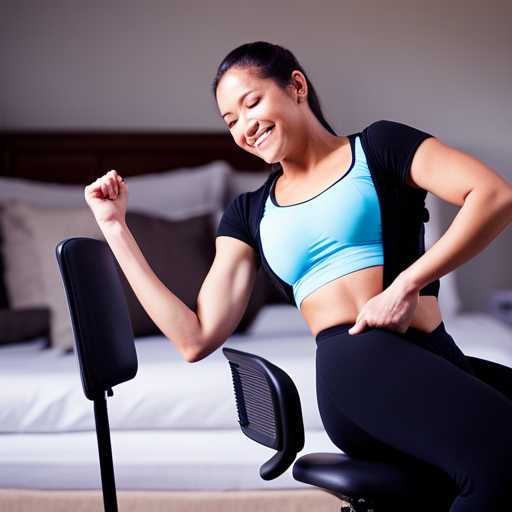Imagine walking along a winding path, where every step you take feels like a battle against gravity. Your back curves and twists, pulling you away from the straight and narrow. This is what living with scoliosis feels like. But fear not, because you are not alone in this journey.
In this article, we will explore tips and product recommendations to help you navigate the challenges of living with scoliosis.
Scoliosis, a condition characterized by an abnormal curvature of the spine, can cause pain and discomfort in your daily life. But with the right strategies and supportive products, you can manage these challenges and live a fulfilling life.
From finding the right chair cushion to maintaining good posture, we will guide you through the practical steps you can take to alleviate pain and improve your overall well-being.
Living with scoliosis can be physically and emotionally taxing, but remember that you are strong and resilient. By incorporating these tips and product recommendations into your daily routine, you can find comfort and support in your journey with scoliosis.
So, let’s dive in and discover the tools that will empower you to live your best life with scoliosis.
Key Takeaways
- Treatment options for scoliosis vary based on the severity of the curvature.
- Pain management techniques like acupuncture and chiropractic adjustments can provide temporary relief.
- Supportive products like pillows and mattresses can provide comfort during sleep.
– Maintaining good posture and body alignment is important for reducing strain on the back.
Understanding Scoliosis: Causes and Symptoms

Living with scoliosis feels like constantly navigating a winding road. The causes and symptoms of this condition can be complex and unpredictable.
Scoliosis is often caused by factors like genetics or abnormal bone development. It can also be a result of medical conditions like muscular dystrophy or cerebral palsy.
Treatment options vary depending on the severity of the curvature. Some people may only need to monitor their condition, while others may require bracing or even surgery.
Scoliosis can impact daily activities, making it difficult to participate in certain sports or carry heavy objects. It can also cause discomfort and pain, especially as the curvature worsens.
But don’t worry, in the next section, we’ll explore ways to manage the pain and discomfort associated with scoliosis.
Managing Pain and Discomfort
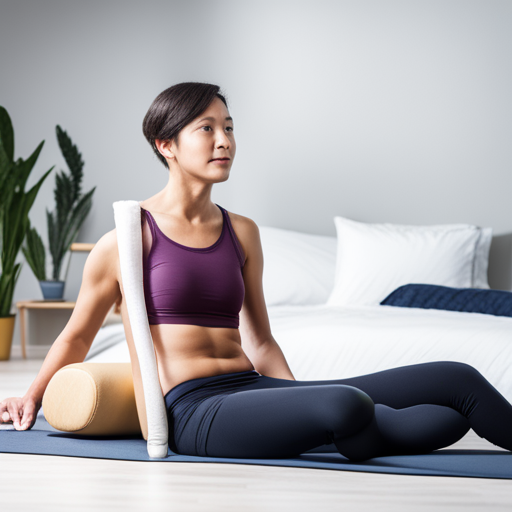
Dealing with the pain and discomfort caused by scoliosis can be challenging, but there are ways to manage it. One method is pain management, which involves finding ways to reduce or alleviate the pain. Some people find relief through alternative therapies like acupuncture or chiropractic adjustments. These treatments can help to relax the muscles and reduce tension, providing temporary relief from the discomfort.
Another option is to use heat or cold packs on the affected area, which can help to soothe sore muscles and reduce inflammation. Additionally, gentle exercises and stretching can help to improve flexibility and strengthen the muscles, which can provide long-term pain relief.
Transitioning into the next section, there are also supportive products for daily life that can assist in managing scoliosis.
Supportive Products for Daily Life
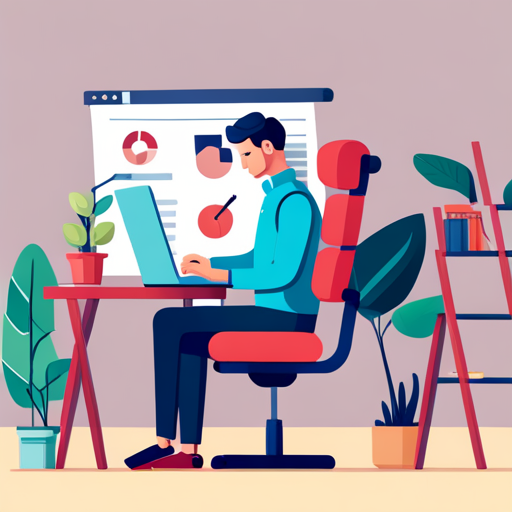
Discover how these supportive products can enhance your daily life and bring comfort to those with scoliosis. If you struggle with finding a comfortable position to sleep in, consider using a supportive pillow or mattress. These products are designed to align your spine and provide extra support where you need it most.
When it comes to exercise, there are many supportive products available to help you stay active without putting strain on your back. Look for specialized braces or bands that can provide stability and support during physical activities. Additionally, there are exercise balls and mats that can help improve your balance and strengthen your core muscles.
By incorporating these supportive products into your daily routine, you can make your life with scoliosis more comfortable and manageable. Now let’s move on to the next section about maintaining good posture and body alignment.
Maintaining Good Posture and Body Alignment
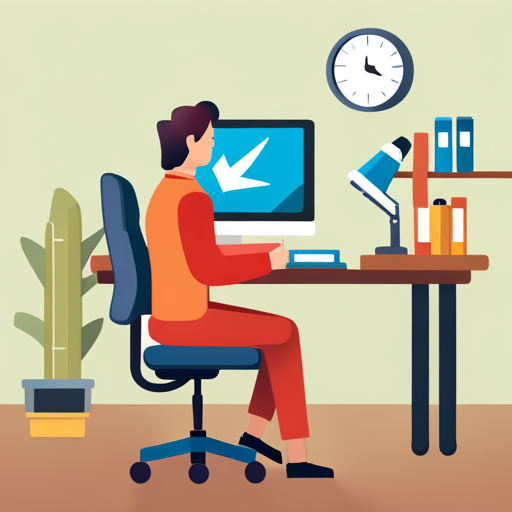
Improve your posture and body alignment by practicing sitting up straight and imagining a string pulling you upwards from the top of your head. This helps align your spine and reduce strain on your back.
Here are some tips and exercises to help you maintain good posture and strengthen your core muscles:
- Set up an ergonomic workspace with a chair that provides proper support for your back. Adjust the height of your chair and desk so that your feet are flat on the floor and your arms are at a 90-degree angle.
- Do exercises like planks, bridges, and bird dogs to strengthen your core muscles. These exercises help stabilize your spine and improve your posture.
- Take regular breaks from sitting and stretch your back, neck, and shoulders. Simple stretches like shoulder rolls and side bends can help relieve tension and improve your posture.
By practicing these tips and exercises, you can improve your posture and body alignment, reducing discomfort and promoting better spinal health. Moving on to the next section about emotional support and mental well-being.
Emotional Support and Mental Well-being
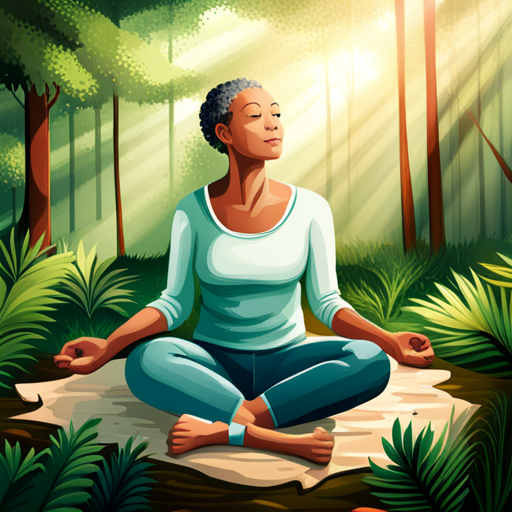
Find solace in the embrace of emotional support and mental well-being, allowing your mind to bloom like a vibrant garden of healing and resilience. Living with scoliosis can be tough, but there are coping techniques and therapy options that can help you navigate the emotional challenges that may come your way.
One technique you can try is deep breathing. Take slow, deep breaths to calm your mind and reduce stress.
Another technique is journaling. Write down your thoughts and feelings to release any negative emotions and gain clarity.
Therapy options like counseling or support groups can also provide a safe space to express your emotions and connect with others who understand what you’re going through.
Remember, taking care of your mental well-being is just as important as taking care of your physical health.
Frequently Asked Questions
Are there any specific exercises or stretches that can help alleviate scoliosis-related pain?
To relieve scoliosis-related pain, try doing exercises and stretches. They can help loosen your muscles and improve your posture. Some product recommendations include a yoga mat and resistance bands for added support.
Can scoliosis worsen over time, and if so, what are the signs to look out for?
Scoliosis can get worse over time. Look out for signs like uneven shoulders, a tilted waist, or a noticeable curve in your back. The long-term effects can include pain, difficulty breathing, and limited mobility.
Is scoliosis hereditary, and if so, what are the chances of passing it on to my children?
Scoliosis can be inherited, meaning it can be passed down from parents to children. Genetic factors play a role in scoliosis. There is a chance that you could pass it on to your kids.
Are there any alternative treatments or therapies that can complement traditional medical approaches for scoliosis?
Sure! There are some alternative therapies and non-traditional approaches that can help with scoliosis. These can include things like chiropractic care, yoga, and physical therapy. It’s important to talk to your doctor about which options may work best for you.
How can I find a support group or community of people living with scoliosis in my area?
To find support for scoliosis, start by searching online resources. You’ll be surprised to know that there are many support groups out there. They can provide understanding, advice, and a sense of community for people like you.
Conclusion
So there you have it, folks! Living with scoliosis may not be a walk in the park, but with these tips and product recommendations, you’ll be strutting your stuff in no time.
Remember, managing pain and discomfort is key, so don’t be afraid to try out supportive products for daily life. And don’t forget about maintaining good posture and body alignment – it’s like giving your spine a little pep talk!
Lastly, don’t underestimate the power of emotional support and mental well-being. Stay positive, keep your chin up, and remember that you’re not alone in this journey. You got this!
